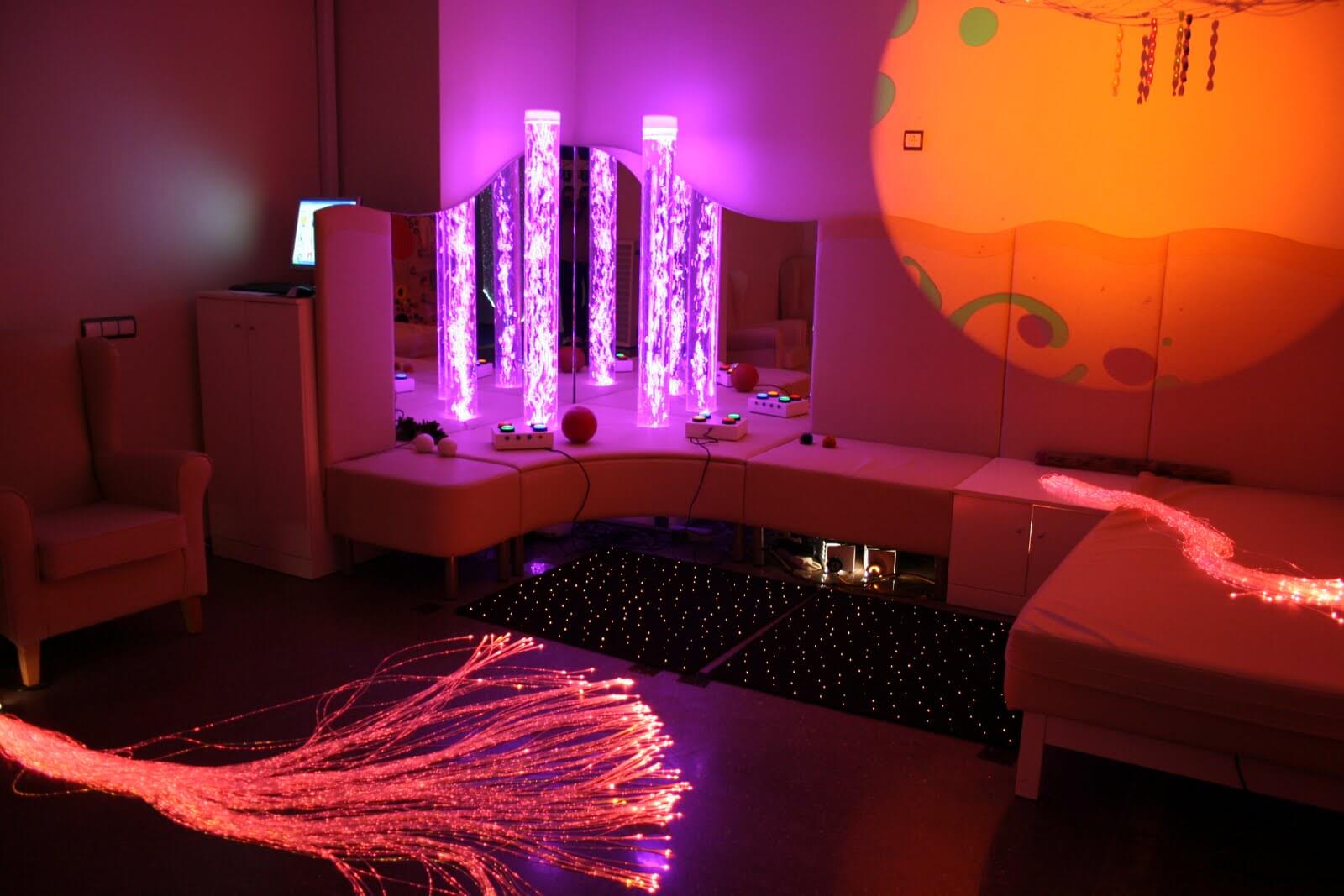
Sensory rooms, also known as “Snoezelen” (a compound of the Dutch words ‘snuffelen’, to snuggle, and ‘doezelen’, to doze) or, more scientifically, a “controlled multisensory environment” is a kind of whole-room therapy for children and adults with developmental disabilities, autism, dementia or other brain injuries. Developed in the 1970s in the Netherlands specifically to treat disabilities and injuries, sensory rooms are now a popular feature of nurseries, schools and residential care homes across the world. Sensory rooms can be beneficial for anyone, from the smallest babies to OAPs, from students to CEOs.
Unlike other forms of therapy, Snoezelen is designed not to have a measurable outcome or goal but to encourage the client to gain as much enjoyment as they can from the activity. Users of sensory rooms often report feeling more relaxed or “sleepy” and suffering less from the effects of depression and anxiety. This kind of therapy can also improve pro-social behaviour and encourage users to relate better to each other. Some research has even shown that sensory room therapy can decrease your heart rate!
It’s clear, then, that Snoezelen therapy is a great way to support both children and adults with developmental disabilities or brain injuries as well as toddlers, babies and those who are suffering from stress, anxiety or depression. However, setting up a sensory room – especially in your own home – can be a difficult and time consuming project, especially when searching for specialist equipment.
But have no fear! We’ve put together a list of affordable resources that are quick and easy to buy to set up your very own sensory room. These items are by no means an exhaustive list but are a great place to start when looking for a way to support someone’s sensory needs.
Bubble Features
One of the most popular features of a sensory room is a bubble tube or wall. In fact, they’ve inspired this whole list! Bubble walls combine colour and the gentle (yet hypnotic) movement of bubbles to create a mesmerising effect which really grabs the attention of both children and adults alike. With integrated LED lights and a remote control, it’s possible to choose from a range of colours as well as strobe and fade effects. In Snoezelen therapy, the client is given control over the remote so they can decide what colour the wall is and which light effects are turned on at any time. Bubble walls are a great way to relax as the user watches the gentle flow of bubbles which shine in the light. You can also adjust the bubble speed, allowing for quick, small bubbles or larger, slower ones.
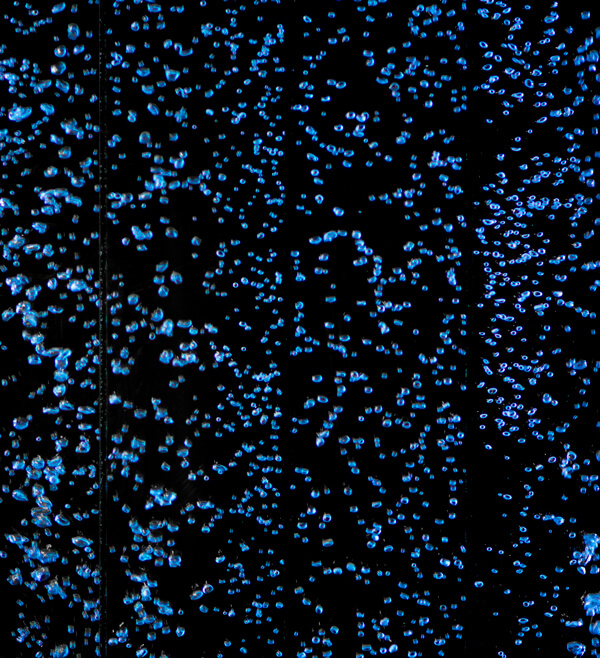
Bubble tubes are another great water feature for your sensory room. Bubble tubes are particularly engaging as they are wide enough to be able to put plastic fish inside, where you can watch them gently “swim” up and down the length of the tube as they get carried along by the bubbles. This sort of engagement is great for people who can have difficulty concentrating, and the changing colour of the feature keeps it feeling novel.
Mirrors
A sensory room can be easily enhanced with the use of mirrors. Placing a bubble tube in the corner of a room with two full-wall mirrors on either wall reflects the movement of the bubbles and creates the impression that there are more features than there really are. Large acrylic mirrors are usually the most suitable for sensory rooms as they are stronger than glass while being significantly lighter, making them easy to move around and safer for rooms with children. Acrylic mirrors are also available in a variety of colours, making them perfect for sensory exploration as they transform the room and the things they reflect. Small babies and toddlers can particularly benefit from playing with mirrors as they learn to recognise facial features and expressions. A sturdy acrylic mirror placed on the floor is also a great way to play and explore, from looking at yourself from different angles to drawing or painting on the surface and watching the reflection beneath. You can even cover a mirror in something fine like sand, chickpeas or flour and let users trace pictures using their fingers, marvelling as the mirror is revealed beneath.
Beanbags
It’s important to make sure there’s lots of space to relax in a sensory room. There’s no limits in a sensory room so users can sit, recline or even lie on the floor if that’s what they want to do! Placing a few beanbag slabs on the floor of a room provides a soft, malleable surface for users to sit and lie on, as well as being interesting to touch, scrunch and cuddle. Beanbag slabs have wipe-clean polyester covers which can also be removed for more thorough machine washing.
Hammocks
Lots of sensory rooms feature swings and hammocks to provide their users with a relaxing, weightless feeling. Hanging swing seats and cacoon hammocks are a great way to help users chill out as they gently swing back and forth. Cacoon hammocks are particularly effective as they provide a dark, enclosed space which can help people feel more safe and at ease. They also have fewer exposed ropes, making them great for children. Cacoon hammocks need to be attached to a sturdy ceiling beam or hung from a tripod stand. For extra safety, you can put a few cushions, bean bags or soft shapes beneath the hammock or cacoon just in case. For an extra sensory experience, you can fill the cacoon with soft cushions or even a furry rug and decorate it with lights.
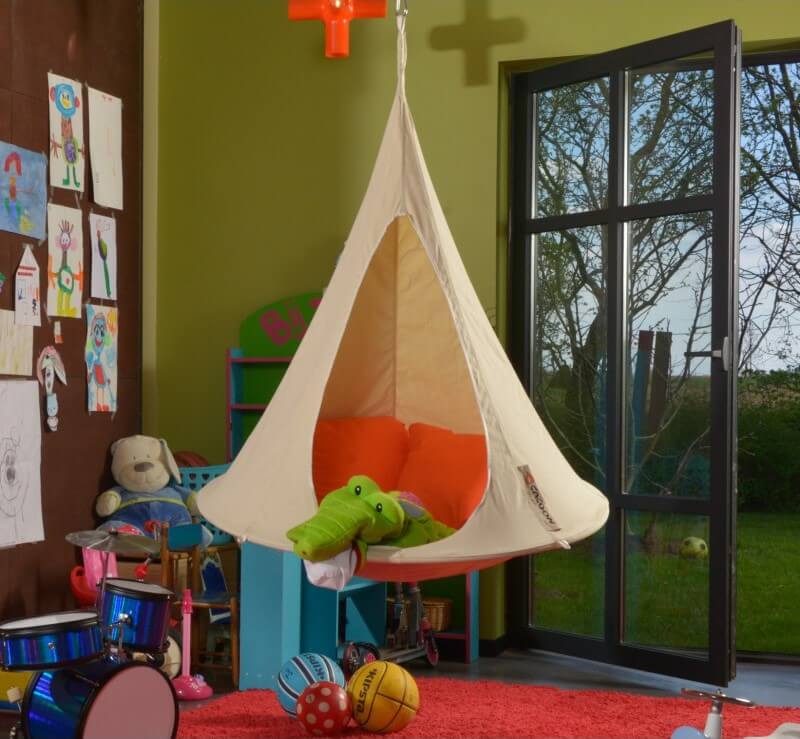
Lights
Typically, sensory rooms have very low lighting, often using fibre optic string or cable lights. Low lighting creates a more relaxed environment which can benefit children who struggle to keep calm. String lighting, especially coloured lights, can enhance the relaxed atmosphere as well as bringing more colour to a room. Being able to touch and manipulate light is important during Snoezelen therapy, so make sure that users can hold the lights themselves (with proper supervision). Battery operated lights are great for this, as they can be picked up, manipulated and even worn! Solar powered lights have fewer running costs and can be charged outside (or on a windowsill) when not in use, so are better for the environment. For sensory rooms designed for children, solar lights can also teach them about science and sustainability.
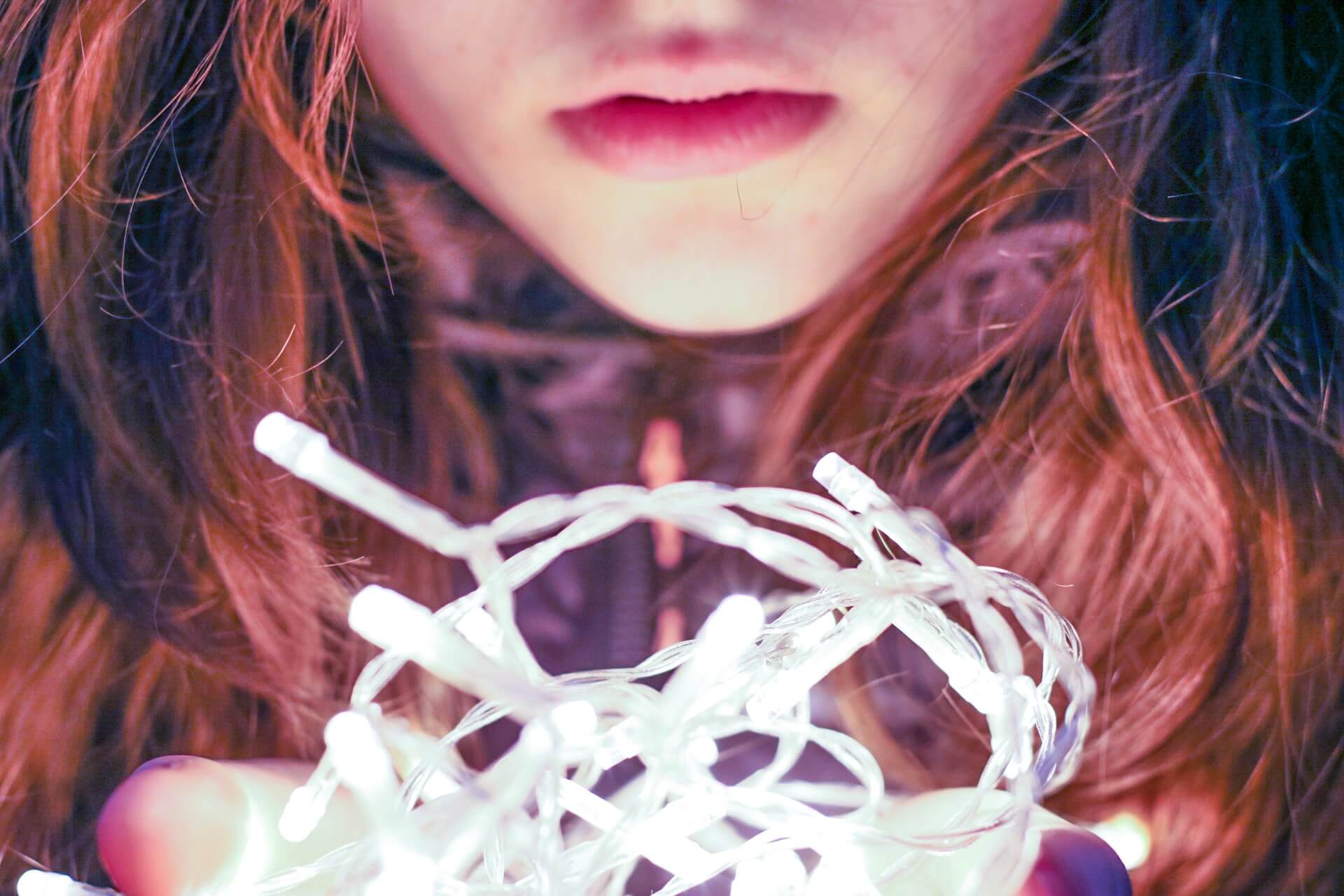
Spinners and Hanging Decorations
Another way to add sparkling colour and movement to a sensory room is through the use of hanging spinners. Hung around a room at different heights, these spinners twist and dance as they spin, creating stunning visual effects which are almost hypnotic to watch. Spinners should be hung low enough that users of the sensory room can touch and spin them themselves, and small children can be helped to reach them so they can watch the direct effect of their actions on the world around them. Lots of spinners come with integrated crystals, which when hung in a window or near a light source can beautifully refract the light in rainbows around the room.
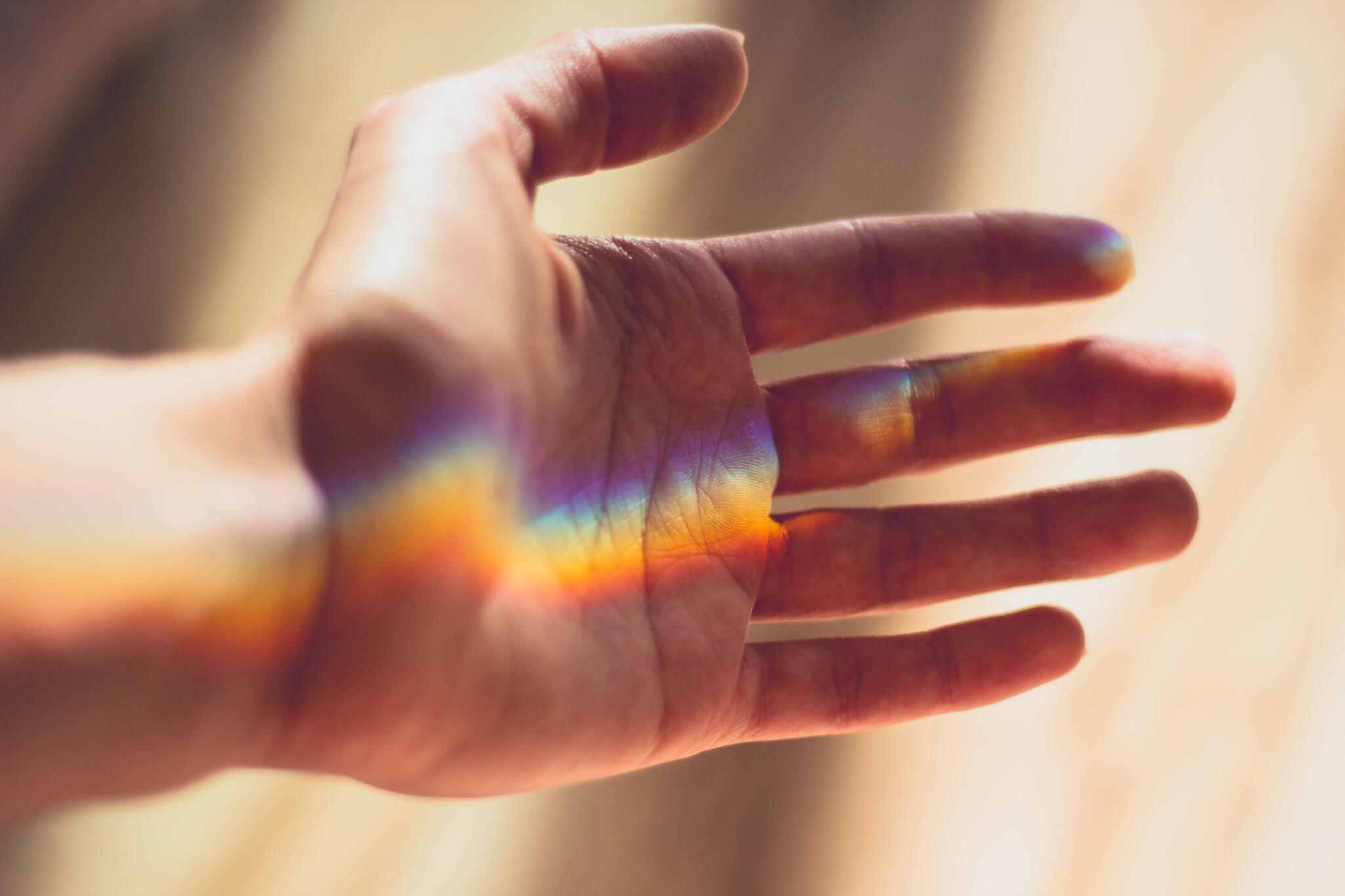
Making a sensory room doesn’t have to be a huge project – in fact, it can often be beneficial to have just a few items which are brought out and set up as a treat. Larger features like bubble walls are a great way to start and can also be just as effective when set up in a bedroom or living room where everyone can enjoy it. So let’s turn down the lights, put away our phones, turn off the TV and instead turn to the bubble wall for an evening of rest and relaxation!
–
Lotti works with the Primrose Product Loading team, creating product descriptions and newsletter headers.
When not writing, Lotti enjoys watching (and over-analyzing) indie movies with a pint from the local craft brewery or cosplaying at London Comic Con.
Lotti is learning to roller skate, with limited success.